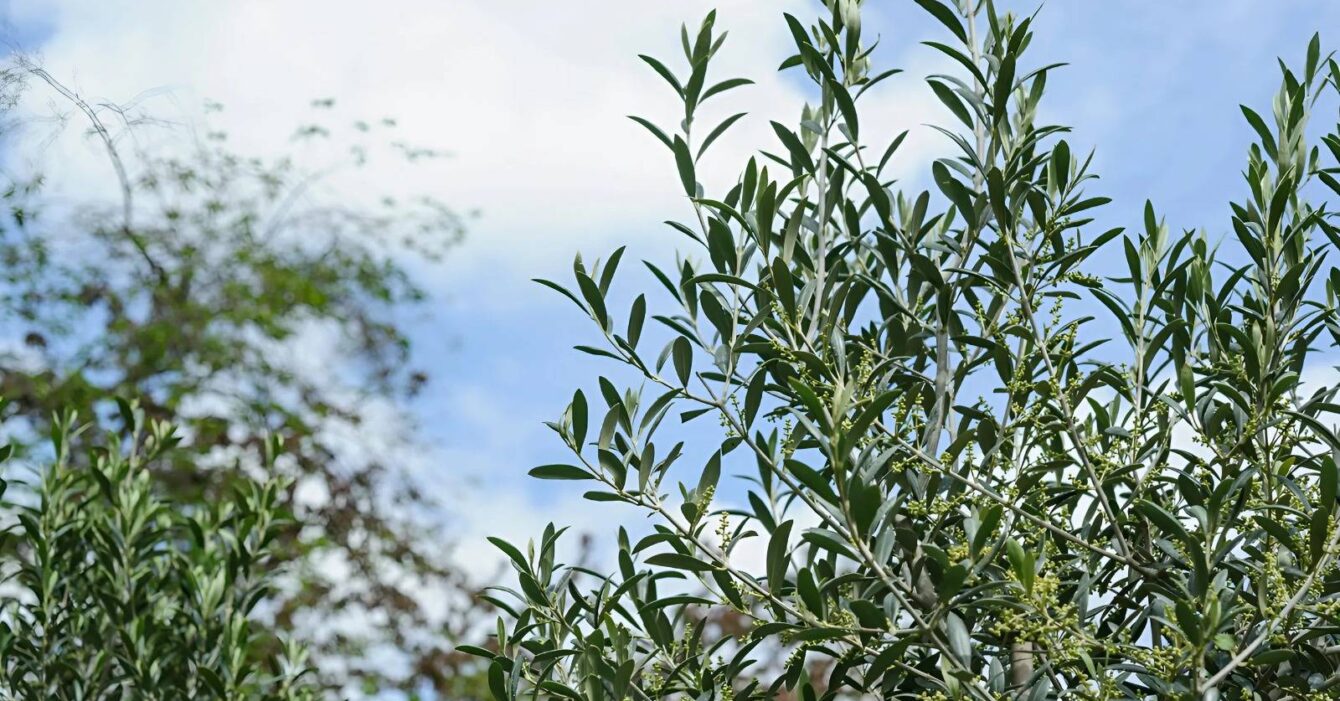Olive trees (Olea europaea) are increasingly popular in the UK, both for ornamental purposes and for the Mediterranean character they bring to gardens. While the British climate is cooler and wetter than the olive’s native range, proper pruning ensures healthy growth, disease resistance, and attractive structure. Timing is crucial: prune too early or too late, and the tree can suffer from frost damage or disease.
Best Time to Prune Olive Trees in the UK
Unlike warmer Mediterranean regions where pruning can be done almost year-round, the UK requires a more cautious schedule due to frost and damp weather.
Late winter to early spring (February–March):
This is the main pruning window for structural work. By this stage, the worst frosts are usually past, but the tree is still dormant. Pruning now allows wounds to heal as temperatures rise and growth resumes.
🌱 Data point: The Royal Horticultural Society (RHS) notes that pruning olives in late winter reduces the risk of frost entering fresh cuts and damaging the wood.
Late spring to early summer (April–June):
Ideal for light maintenance pruning. At this point, new shoots are visible, and it is easier to see which branches are weak, crossing, or unnecessary. Removing these helps maintain an open canopy and encourages better airflow.
🌱 Data point: Studies on olive cultivation in northern Europe have shown that improved airflow reduces fungal issues such as peacock spot (Spilocaea oleagina), which is more prevalent in damp climates.
Avoid pruning in autumn:
In the UK, pruning in late summer or autumn leaves wounds exposed just before wet and cold weather sets in. This increases the chance of frost damage and fungal infections.
🌱 Data point: According to DEFRA climate records, average UK autumn rainfall has increased by 15% in the past 20 years, which raises the risk of pruning wounds becoming entry points for pathogens.
Why Pruning Matters for UK Olive Trees
- Health and longevity – Removing congested growth improves airflow, which helps prevent fungal diseases common in damp climates.
- Shape and size control – In the UK, many olive trees are grown in pots or small gardens, making canopy control important.
- Encouraging fruiting – While heavy olive crops are rare in Britain due to limited heat units, light and well-pruned trees are more likely to flower and fruit in hot summers.
- 🌱 Data point: Container-grown olive trees in the South of England (recorded by The Norfolk Olive Tree Company) have been shown to produce small but viable crops when pruned for light penetration.
How to Prune Olive Trees in the UK
- Start with dead or damaged wood: Cut out frost-killed or diseased branches first.
- Thin the canopy: Aim for an open, wine-glass shape that allows light into the centre.
- Remove water shoots and crossing stems: These take energy from the main framework.
- Limit heavy cuts: Olive trees respond better to gradual pruning than sudden heavy cutting.
- 🌱 Expert tip: The RHS advises making smaller cuts where possible, as olives can be slow to heal large wounds in cool climates.
Special Considerations for UK Gardeners
- Young trees (under 3 years old): Avoid major pruning, only remove damaged growth.
- Container-grown olives: Need more regular shaping since restricted root systems encourage more erratic shoot growth.
- Cold regions (Scotland, northern England): Delay pruning until March–April to be sure the last frosts have passed.
- Feeding after pruning: Apply a slow-release balanced fertilizer to help recovery.
Summary Table
| Season | Action | Notes |
|---|---|---|
| Feb – Mar | Main structural pruning | Dormant period, low frost risk |
| Apr – Jun | Light maintenance pruning | Encourage light + airflow |
| Late summer–autumn | Avoid pruning | High risk of frost + disease |
| Winter (Dec–Jan) | Do not prune | Cuts are very vulnerable |
For olive trees in the UK, pruning is less about maximizing fruit yield and more about maintaining health, structure, and resilience in a cooler, wetter climate. The safest and most productive times are late winter to early spring for structural pruning and late spring to early summer for lighter maintenance. By following this seasonal rhythm, UK gardeners can enjoy strong, healthy, and attractive olive trees that thrive despite the challenging climate.








